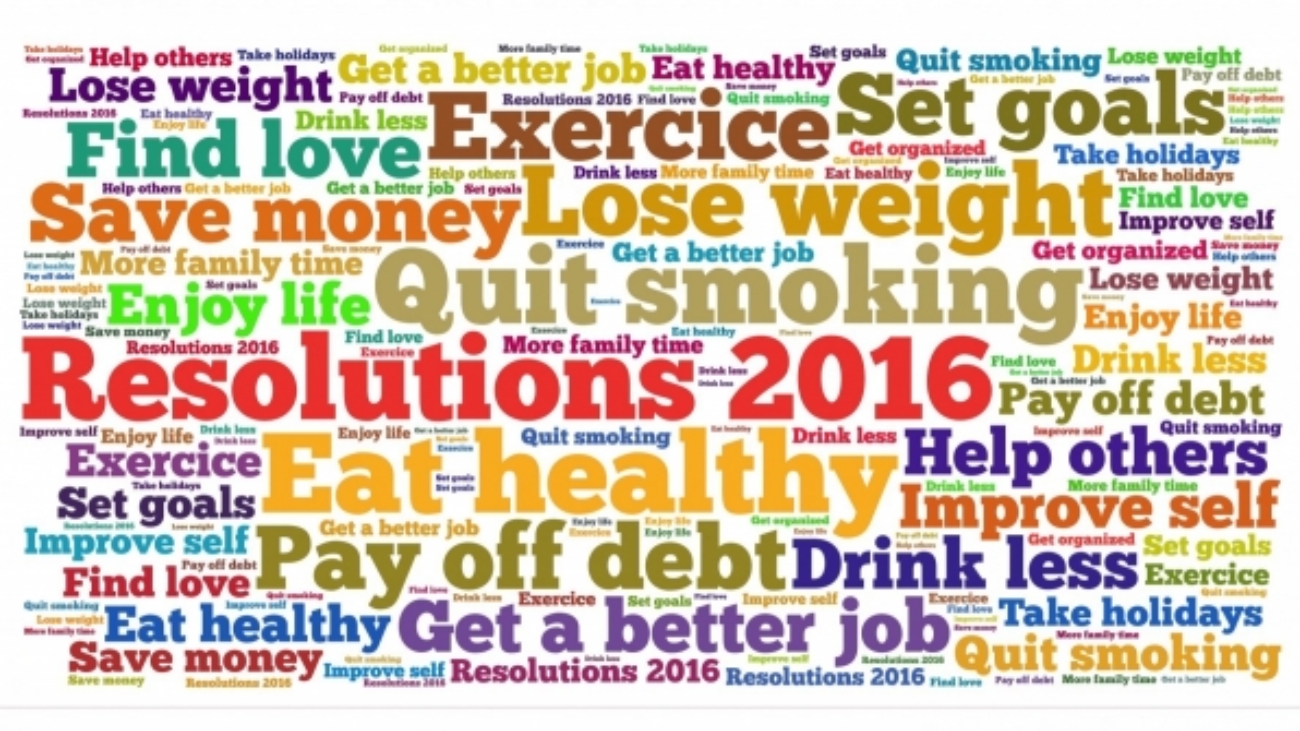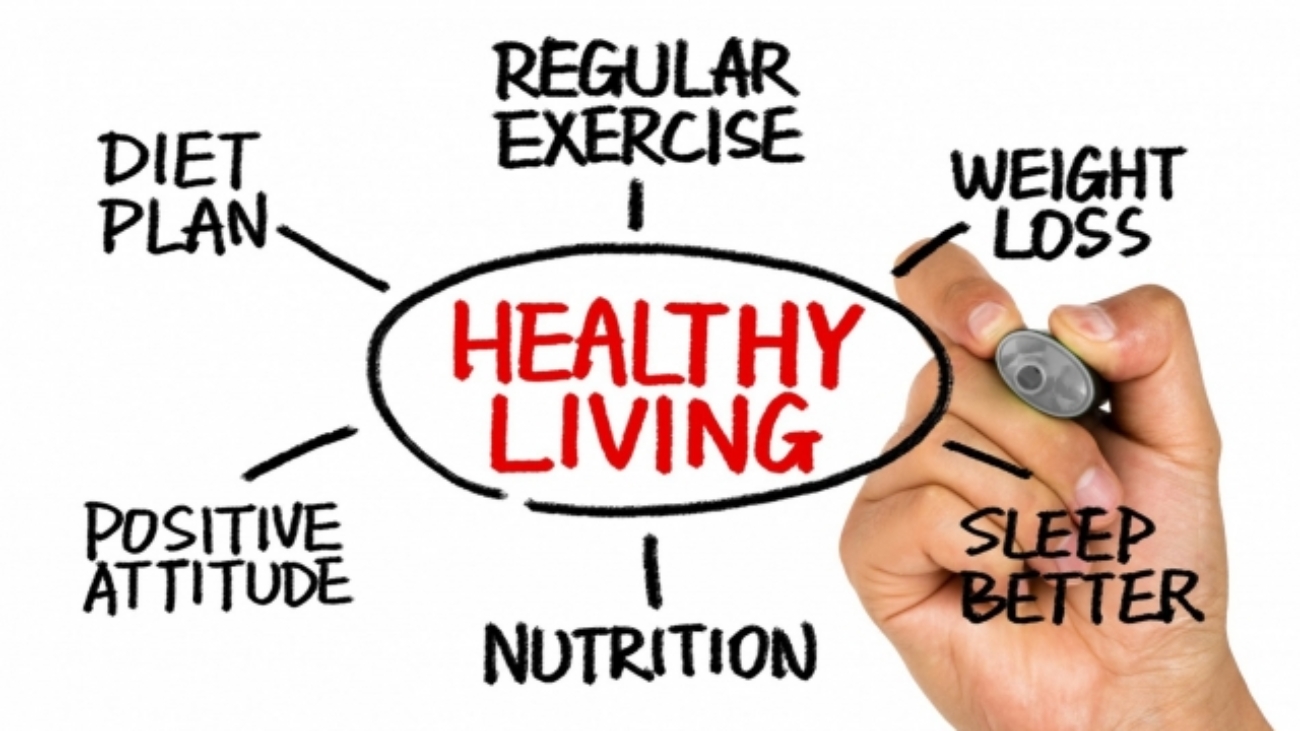by Dr. Shelese Pratt ND @ The Pratt Clinics
Boulder, Colorado
303.284.3180
Do you ever wonder why you feel so tired all the time?
Did you know it could be your mitochondria? Most people have never thought about their mitochondria. Many of you are probably asking what the heck are mitochondria? And what does mitochondria have to do with energy? If you remember way back to high school biology class, the main function of the cell is to make energy as andenosine triphosphate (ATP). That energy is made in organelle called the mitochondria. If you have productive mitochondria, you have good energy. You can thank your mother for your mitochondria, we inherit them from our maternal genetics. For this reason, optimizing nutrition before pregnancy can help mothers pass on healthier energy production.
Many of the adults and children I see in my practice have suboptimal mitochondrial function. This means their cells do not have enough energy (ATP) to perform all their necessary metabolic needs. When the brain doesn’t have enough energy you might feel foggy or disoriented. When our muscles don’t have enough energy they feel weak and unresponsive. I have worked for many years with special needs children whose motor problems were greatly improved by enhancing their mitochondrial energy production. When we focus on feeding their mitochondria the nutrients that they require, these kids can increase their muscle tone, speak, sit, stand, or walk for the first time in some cases. In addition, as we age our mitochondria becomes less efficient. We need more energy support as we grow older. This is why we decline in cognition, activity, and overall vitality as we age.
Mitochondrial dysfunction has been implicated in numerous diseases such as: autism, ADHD, seizures, dementia, Parkinson’s, migraine headaches, chronic fatigue and many more. Mitochondrial health is also related to how well your MTHFR pathway is functioning. To learn more about methylation please see my methylation cycle blog. The better we handle methylation the healthier our energy is going to be. The good news is, you can restore your mitochondria and feel great again.
What can you do to help your mitochondria?
Seeing a Naturopathic Doctor (ND) or functional medicine doctor can help you identify whether your mitochondria are functioning at an optimal level. We have specific tests we can run to determine how well your mitochondria are functioning.
Here are some other suggestions to discuss with your doctor about how to make your mitochondria produce more energy.
• Ask your doctor to identify any infections you might be harboring. Do you know if you have any underlying infections? Some people struggle with hidden infections like H. Pylori, Herpes Simplex Virus (HSV), Lyme, Epstein Bare Virus (EBV), which rob their mitochondria of critical nutrients and energy. Ask your doctor to run specific tests to rule out any lurking infections.
• Ask your doctor to identify any nutritional deficiencies. You need CoQ10 to carry electrons down the electron transport chain. You don’t have to remember the electron transport chain part but let’s just say this is a very important nutrient to making your ATP. Another significant nutrient necessary for healthy mitochondrial production is acetyl l-carnitine. This amino acid transports fatty acids into the mitochondria to make energy. Antioxidants like n-acetycystine (NAC), alpha lipoic acid (ALA), and polyphenols like resveratrol are important to protect the mitochondria. This organelle is very sensitive to oxidative stress. Optimizing methylation with B12, MTHF, B1, B2, zinc, magnesium, and B6 are also important ways to insure the mitochondria can make ATP. Then there are fancier supplements like pyrroloquinoline quinone (PQQ) if necessary to aid the mitochondria.
• Take a mind body approach. Learn to belly breathe several times a day. Try yoga and consider starting a meditation practice. All three of these mindfulness exercises have been shown in research to increase mitochondrial function.
• Fast between meals or try the ketogenic diet. Reducing caloric intake has been proven to help mitochondrial function. Reducing your carbohydrate intake can also improve energy production and reduce insulin spikes that cause inflammation.
• Reduce toxic exposure and oxidative stress. Consider talking to your doctor about your environmental exposures such as… Check out Scorecard to see who is polluting in your zip code. Make sure you are consuming organic produce and meats. Filter your water. Sauna and sweat on a regular basis. Invest in a good air filter. Be picky about what skin products you put on your skin. You can look at the Environmental Working Group to rate your products. Use healthy cleaning supplies in your home. Use low VOC paint and environmentally safe carpet. Get plastic out of your kitchen. Cook in clay, cast iron, glass, or stainless steal. Find a way to be zen. Stress wrecks your mitochondria so reduce and manage your stress.
• Increase negative ion exposure by ingesting raw plants and algae (chlorella or spirulina). You can check out my spring smoothie for a healthy green drink recipe. This is a great way to incorporate more nutrient packed plants into your diet. Start drinking alkalized water to neutralize your free radicals. Spend more time in nature and walk barefoot. You get more antioxidants from walking in nature than any pill could give you. Take a walk by the ocean; the ocean is filled with negative ions.
Working on your mitochondrial function can help you feel amazing. You can feel more productive and restore health to your life. It’s easier than you think. What would you do with more energy? I’d love to hear about all the wonderful things you can do with more energy. As always, I’m here to help and support you in health. Please call my office at 303.284.3180 to learn more about how I can help you maximize your energy.








